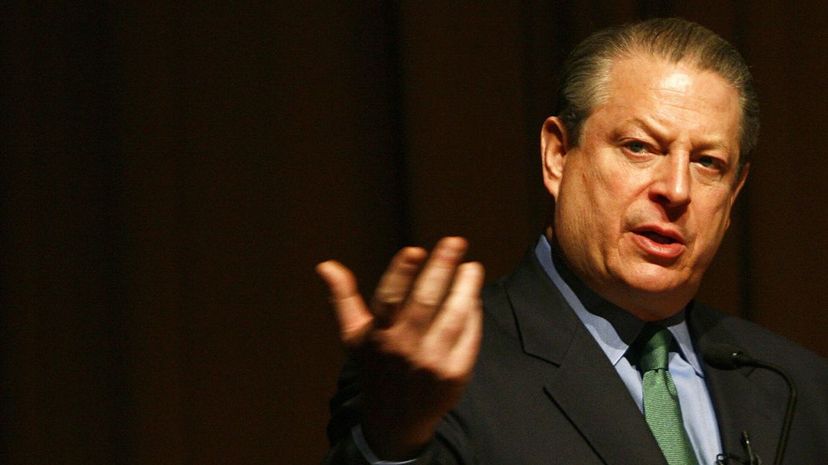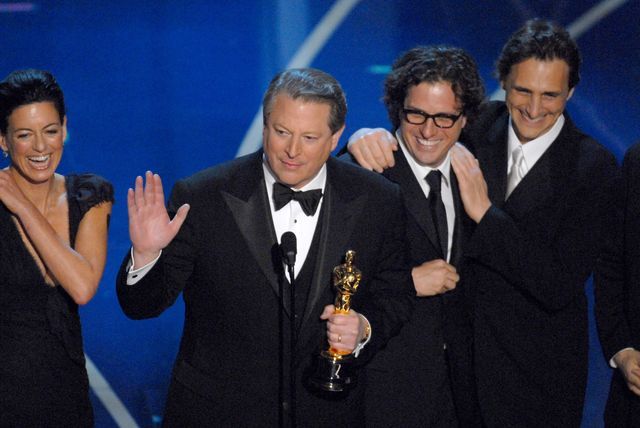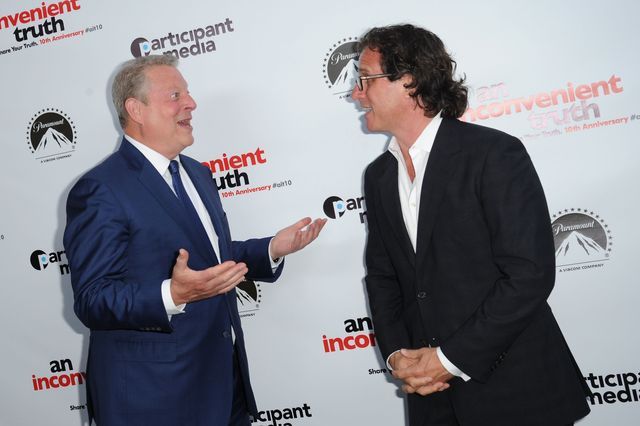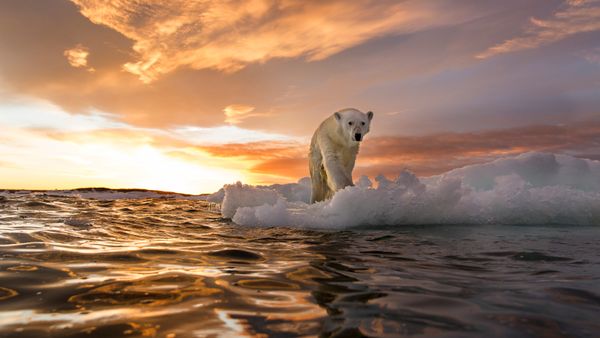
The 2006 documentary "An Inconvenient Truth" depicted environmental activist and former vice president Al Gore's crusade to raise awareness of climate change and its dangers. Despite its downbeat subject and unorthodox narrative — it built upon a slideshow presentation that Gore traveled around presenting to audiences -- the film directed by Davis Guggenheim, became a commercial and critical success. It won both a Best Documentary and Best Original Song Academy Award, and grossed nearly $50 million worldwide.
"The film was one of those rare cultural events that transformed how people everywhere saw the world around them," says Ken Berlin, president and CEO of the Climate Reality Project, an activist group founded by Gore, via email. "It inspired millions of people to start talking about the climate crisis with everyone they knew and to personally get involved in working to solve it, creating a whole new generation of activists."
Advertisement
Eleven years later, "An Inconvenient Sequel: Truth to Power" — a sequel directed by Bonni Cohen and Jon Shenk — premiered at the Sundance Film Festival on Thursday, Jan. 19, and received a wide release in July. That makes this a good time to look back at the original "An Inconvenient Truth" and ask: Given what's been learned about climate change since then, how accurate was Gore's dire warning and call to action? What did the film get right, and what points might need revision?
At the time of its release, "An Inconvenient Truth" generally got good reviews from climate researchers. In this 2006 interview, for example, National Snow and Ice Data Center scientists Walt Meier and Ted Scambos said that Gore's message was on the mark, and that he got most of the science right, save for a few details. In a recent email, Scambos says that's still pretty much his view today as well.
"The basic truth, and its inconvenience, remains," Scambos, a senior research scientist, writes. "In fact, it is clearer than ever that greenhouse gases are a major cause of the observed climate warming."
At the time of the film's release, there already was talk about an apparent hiatus in global warming — which one recently published study concludes actually was a measuring error. But slowdown or not, Scambos notes that the planet continues to warm. "This past year, 2016, will see a mean global temperature of nearly 1 full degree C (just under 2 degrees F) warmer than the period 1951-1980. That is half of the temperature increase target set by the Paris Agreement on climate change."

Additionally, just as Gore's film depicted, carbon dioxide levels have continued to rise. "Carbon dioxide has now crossed the 400 parts-per -million mark," Scambos says. "The level for the 6,000 years prior to about 1900 was rarely more than 280 ppm."
In the decade since 2006, Scambos says, our understanding of climate change has evolved, but that data doesn't challenge the basic conceit of the film. "What we've learned are details--how warm ocean water is playing a role in both sea ice and ice sheet retreat; details in how the glacier and ice sheet flow speeds and thicknesses on Earth are changing; details on the past history of the ice ages and the triggers and timing of abrupt climate change."
Additionally, he notes, "Arctic sea ice continues to shrink in extent and thickness, setting new summer minimum records in 2007 and 2012, and showing a dramatic reduction this fall relative to the rate at which it should be growing. Greenland is losing mass at the rate of 200 billion tons per year; Antarctica is losing mass at about half that rate; and the world's mountain glaciers are shrinking."

That's not to say that "An Inconvenient Truth" got everything right. Scambos says that in an effort to shock the public into action, the film did exaggerate some dire scenarios. It was "a bit over-the-top" to depict much of Florida sinking beneath rising waters. "This will take centuries, and again, the model used was the most pessimistic," he says.
A recent Science News article highlights some other points in the film that scientists might revise today. For example, the movie used horrifying footage from 2005's Hurricane Katrina, and suggested that climate change was the cause of frequent and more intense hurricanes. But since then, hurricane frequency has decreased, and the storms' intensity hasn't yet grown significantly.
Gore also predicted in the film that "within a decade, there will be no more snows of Kilimanjaro." University of Massachusetts scientist Doug Hardy, who was a co-author of a 2002 Science article upon which Gore's statement was based, notes that the former vice president was taking a little literary license, since research shows that the snow cover has come and gone seasonally there for at least a century and a half. But the larger point — that the mountain's glaciers rapidly are vanishing — is essentially on the mark.
"My latest thinking, based on observations and measurements made on 19 ascents of the mountain, is that some prominent glaciers will indeed be essentially gone by 2020," Hardy writes in an email. "These include the Furtwängler Glacier, the only one entirely within the crater, and most of those on the mountain's south side, which are the main glaciers seen by climbers from the trail."
"No, all the ice on Kilimanjaro will not be gone by then," Hardy says. "Some portions of the Northern Icefield are likely to still be more than 40 meters [131.2 feet] thick in 2020, with some ice likely to be there in 3-4 decades. Nonetheless, all glaciers on the mountain continue to shrink — becoming smaller in area and thinning. Aesthetically, it will be a very different mountain without the glaciers."
Advertisement

